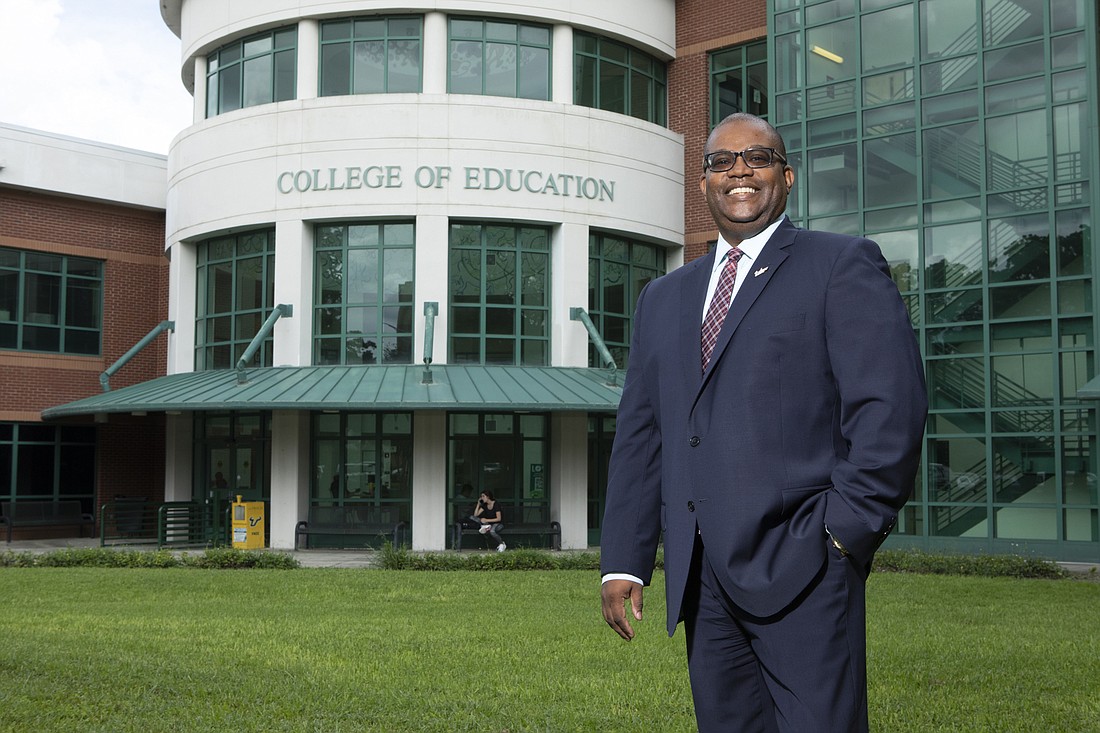- December 15, 2025
-
-
Loading

Loading

About 1,800 Hillsborough County School District teachers quit their jobs last year. To date, with the school year under way, the district has 566 instructional job openings. That's up from 181 teacher openings this time last year, an increase of 212.7%
While jarring, those numbers are bigger, in part due to the district's size. With nearly 25,000 employees and at least 215,000 students, Hillsborough is the third-largest school district in Florida and among the top 10 of all school districts nationwide.